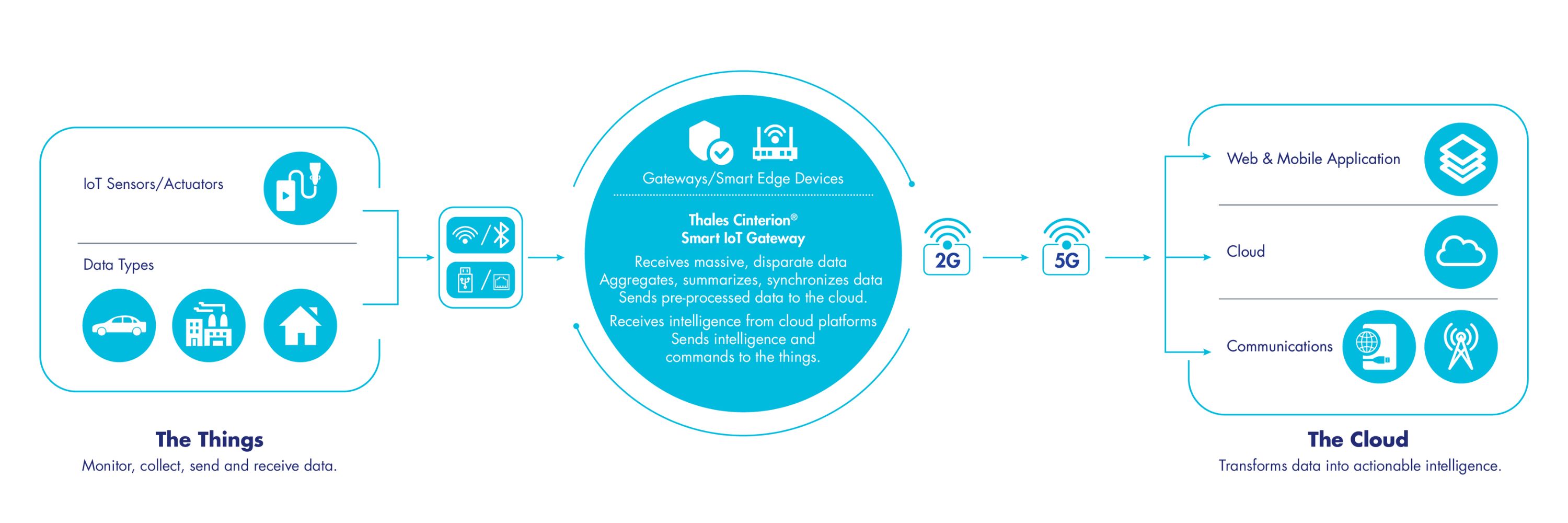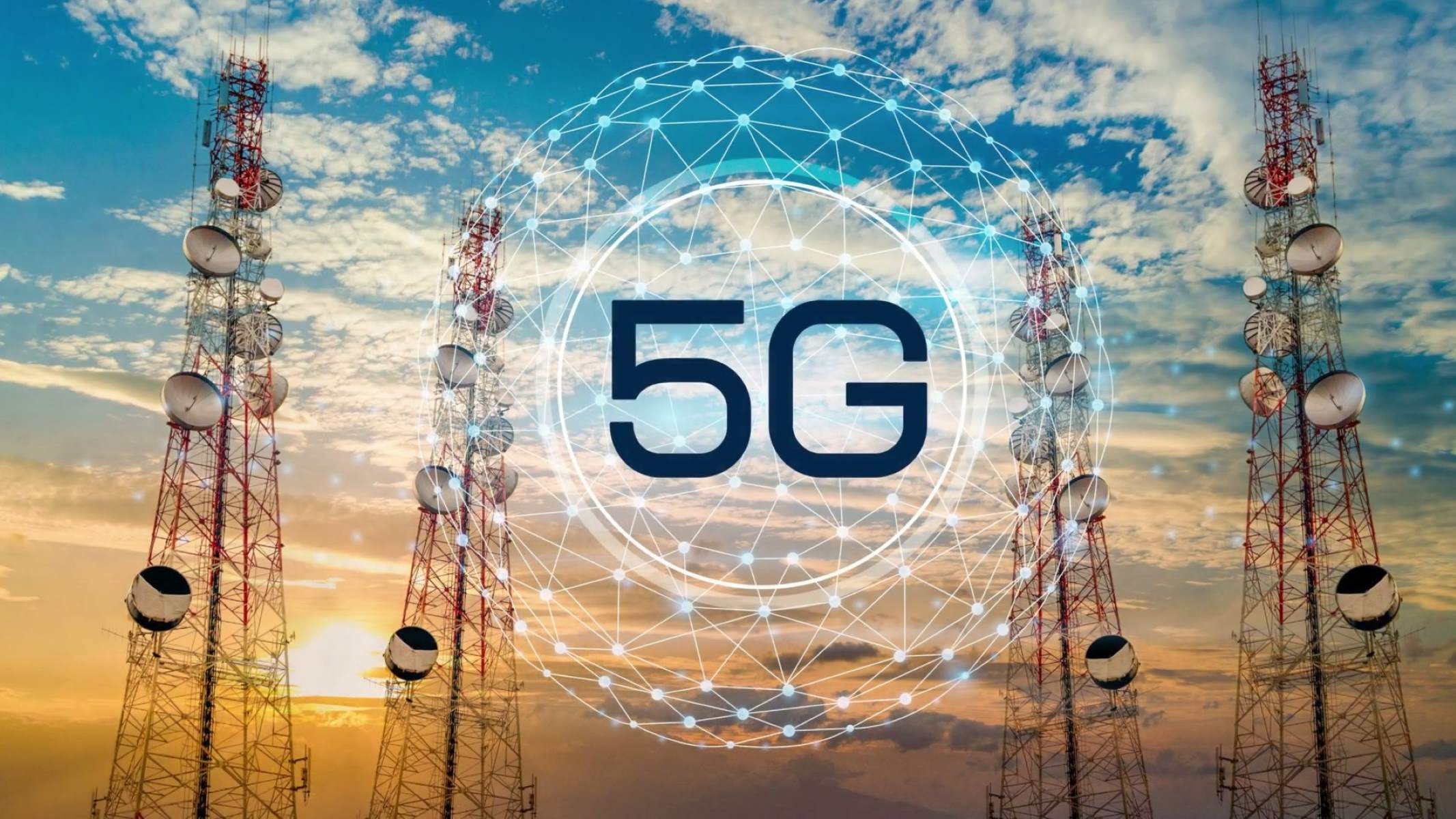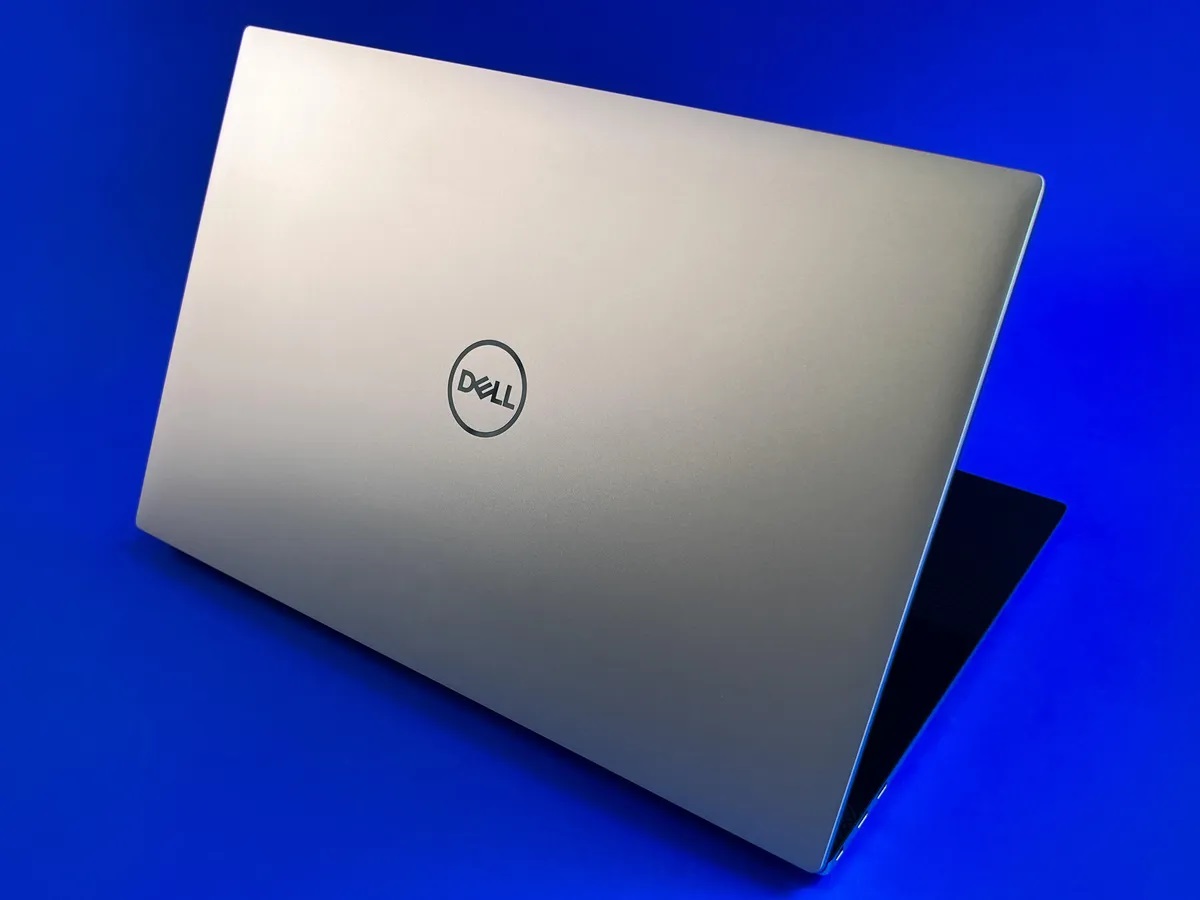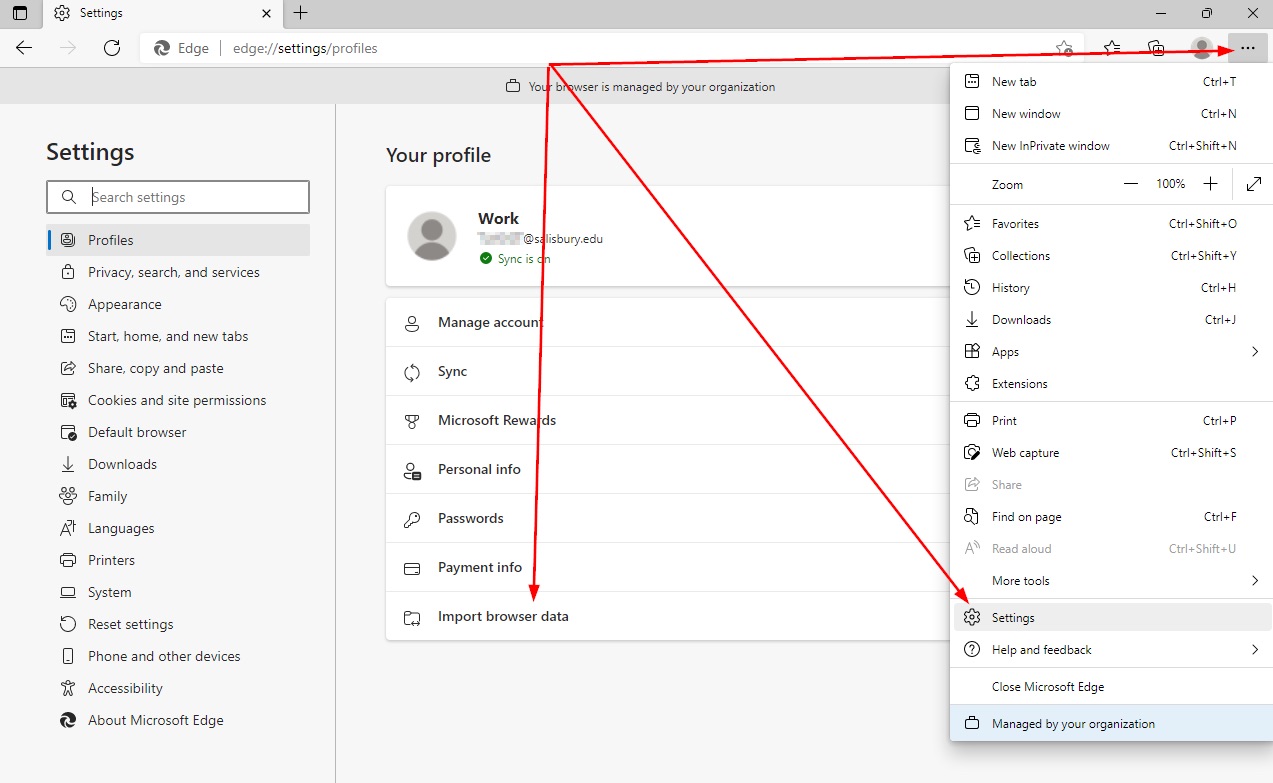Edge computing is a computing strategy that takes computing power and storage closer to the source of the data instead of transferring the data to a far-off central server. Many businesses today rely on data as the lifeblood of their operations, and they are also facing the challenge of incremental volumes of data. Traditional cloud-based platforms are the standard route for computational data.
Edge computing could be the answer to most industrial data problems we face today. Not only that, but it could change the way we do city planning. Smart cities? Cloud gaming? That’s only the tip of the iceberg. Learn all about how this progressive tech can help your businesses and how it can shape the future of society as we know it.


What Is Edge Computing?
In today’s technology-saturated world, there are practically millions of devices that collect and share information via the internet. Most of this information is processed in large data storage centers. Most companies have cloud servers located in faraway locations, resulting in reduced efficiency. In these cases, you end up finding yourselves with an expensive and slow-moving data compute model. Luckily, someone invented edge computing. This technology can resolve the existing issues that companies have with the traditional cloud computing platform.
Instead of directing data all the way to and from centralized servers, edge computing transfers the data to the edge of the network. At this “edge,” the data is sorted, analyzed, and trimmed. Investing in this kind of technology will help improve business efficiency as well as cut unnecessary costs. It also reduces latency while improving the network’s resiliency.
Edge centers can complement existing infrastructure designed to monitor or produce data. A good example would be the internet of things (IoT) infrastructure. Edge centers and IoT are typically found together in large-scale industrial and technical operations. These large-scale business operations produce a steady stream of business data.
How Does Edge Computing Work?


Edge computing works exactly as the name implies, on the edge. Instead of transmitting raw data to a data center for processing and analysis, everything takes place on the edge of the network where most of the data transfer takes place. Edge computing transfers storage and computes resources to a place that produces plenty of data. Different types of devices can execute data analysis near the edge. The choice of device practically depends on the application and implementation of the concept.
Edge computing is being viewed as a far more efficient alternative to cloud computing in terms of moving and processing large volumes of data in real time. Traditional cloud systems are able to process individual units of data quite efficiently. However, it can’t accommodate large volumes of data across data centers. Add to that the poor capacity of the central server to produce meaningful and timely results. To learn more about cloud computing, check out this guide explaining how the cloud infrastructure works.
Many applications depend on high-powered processing that produces time-bound and independent analysis. Consider smart speakers that run on Google Assistant as an example. These devices are often outfitted with a combination of edge computing and artificial intelligence (AI) capabilities. These make independent processing and analysis render almost instantaneous results. It also gives the devices the ability to run offline commands.
What Are the Potential Applications of Edge Computing?


At the very core of edge computing is the ability to capture meaningful business data without risking the system suffering from latency and network-related issues. And there are many ways industries across the board can benefit from this. In fact, a number of industries have already demonstrated their benefits to the world. Out of the thousand creative ways to apply edge computing, a few applications stand out from the crowd:
Internet of Things
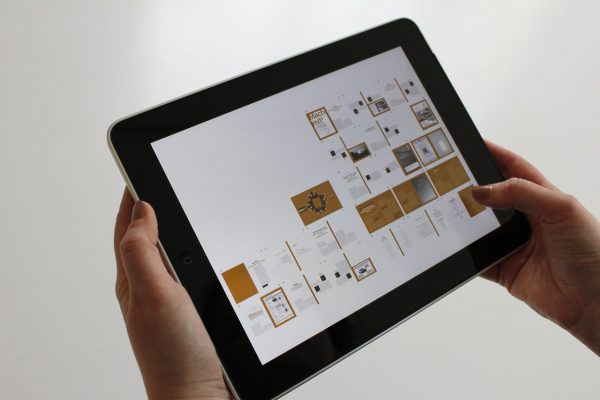

Edge computing is known for its wide selection of applications. But the most prominent application would be in IoT. By definition, IoT refers to many smart devices that you see on the rise recently. These devices are called “smart” because they all share the ability to connect to a larger network of devices which can be controlled through a single device.
Many experts also view edge computing as the key driving force for IoT development within industrial and commercial settings. Its potential applications in IoT are endless. Proponents are also hoping that it would lead to the development of new technologies that can radically change the way industries manage data. Eventually, new industries exploring IoT will find additional use cases for edge computing within the context of IoT.
Business Applications


Edge computing was designed to handle the massive amounts of data being produced across various industries. And its practical effects could be seen very clearly in the business sector. Depending on how a company operates, the technology can impact data management processes on a fundamental level.
Besides that, the technology also works best in the company of other technologies that help improve the efficiency and effectiveness of service delivery for businesses. Here are some of the major industries that can benefit from the edge computing infrastructure:
Oil and Gas Sector


Smart Cities


Financial Services


Cloud Gaming


Manufacturing Services


The potential applications of edge computing in the manufacturing sector are also of grave significance. Edge computing frameworks can radically simplify complex and interconnected systems, making it easier to collect and analyze data in real-time. It will also allow devices to gather information from remote manufacturing plants where internet connection is limited. Edge centers can gather data, analyze them quickly, and then transmit it back to the central network where connections are possible.
Most important of all, edge computing will act as a more efficient alternative to cloud-based applications in building smart factories where industrial machinery can make autonomous decisions and adjustments without human intervention. Other than that, edge computing’s always-on connectivity will help provide around-the-clock visibility into operations. It also reduces the likelihood of system downtimes, which hampers production and, more importantly, provides better flexibility for data management.
Healthcare


Traffic Management


Augmented Reality
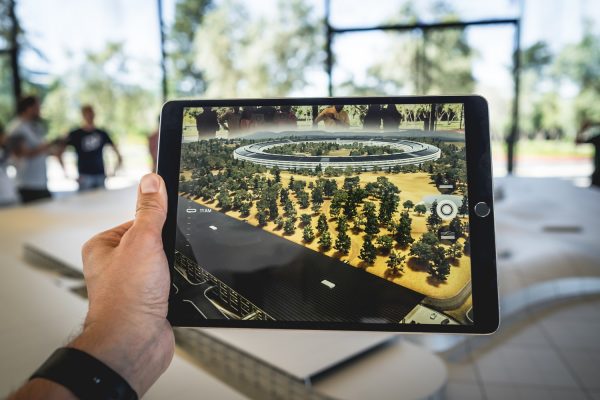

Video Conferencing


Artificial Intelligence


Artificial intelligence and cloud computing are both buzzwords in the IT community, and the two technologies perfectly complement each other. AI has traditionally lived inside data centers powered by cloud computing. But in time, the technology slowly made its way into the IoT sphere and the world of interconnected smart devices. This increase in demand more than doubled or tripled the data that companies have to deal with on a daily basis.
Technology companies realized that they need to upgrade their computing power and bring the data centers closer to the end-user to reduce latency and other network inefficiencies. This realization caused the industry to start combining AI and edge computing into their devices in the hopes of reducing latency while also minimizing bandwidth consumption and operational costs. In the future, more AI devices will make use of edge computing rather than cloud computing.
What Are the Advantages and Disadvantages of Edge Computing?


Cloud computing remains the powerhouse in the world of data analytics. But with the emergence of edge computing, the weaknesses of cloud computing have been placed in the spotlight. Industries who have previously found themselves at a loss about how to fix those issues are now presented with a much more efficient and cost-effective solution. Nevertheless, edge computing still has its weaknesses and will not work for every use case. Let’s dive into the advantages and disadvantages of the technology to help you figure out if it fits into your particular situation:
Advantages of Edge Computing


Edge computing has a wide variety of advantages in store for firms and individuals who cannot benefit from cloud computing due to the volume of data they have and the remote location of the facilities that host the data. Here are some of the advantages of edge computing that may make you want to consider deploying edge computing for your business:
Faster Processing


The popular saying “time is money” rings true for the business environment today. Any downtimes or latency in internal processes and communications can cost firms thousands of dollars in losses. One of the key benefits of edge computing is that it can reduce the latency of data processing, which directly affects making the network more efficient. It accomplishes this by decreasing the distance the data has to travel. This is because the edge infrastructure can process the data either locally or within the nearby edge infrastructure instead of in the central server, as is the case with traditional computing.
The actual figures for reduced latencies vary across edge platforms, but generally speaking, the data transfer time should fall from milliseconds to just microseconds. It will increase the overall speed, quality, and responsiveness of the particular edge technology that pairs with the system.
Security


Cloud systems are quite serious about data security. They keep multiple copies of the data spread out across servers to keep it safe. However, the problem with this cloud system is that it still requires the transfer of data from the source to a central server, and the data is vulnerable to attacks while en route to the central server. Edge computing can help improve the security of the data by reducing the physical distance that it has to travel. With less time in transit, there will be less opportunity for hackers to steal the data.
The edge will also filter the data to retain only the most sensitive portions. And with more data on the edge, hackers will have a harder time stealing the data. To learn more about how cloud computing security protocols work, check out this article about the best cloud computing security practices.
Reliability


Besides latencies, many companies also face unexpected downtimes. Downtimes can cost companies hundreds of thousands of dollars. The problem affects select industries more than others. Case in point, a single day of downtime can cost an oil company hundreds of thousands of dollars. Downtimes have different causes, but the most common one is system overload, which is simply the system’s inability to handle the amount of data fed to it.
Edge computing can lessen the chances of downtime by relying on specialized microchips that don’t necessarily require an internet connection or connection to the main network. This is why edge computing comes highly recommended for operations in remote areas where is there is no internet or insufficient internet. Edge computing offers a powerful and independent service that can withstand common errors associated with downtimes.
Scalability


Another major benefit that edge computing offers to the network has to do with scalability. The distributed nature of the edge computing platform makes it entirely possible for organizations to expand the network as and when required. Edge computing functions on distributed fragments of technology. Each unit functions independently without affecting the rest of the network. With this in mind, organizations can increase the number of edge centers, data centers, and processors, and the entire network would still function efficiently across the distributed components simultaneously.
On the other hand, expanding a network that relies on a centralized server would most likely have the opposite effect. The system cannot handle the simultaneous processing of large volumes of data. Large-scale extensions of data would be cumbersome to the system and would most likely slow it down or even cause a system breakdown.
Cost-Effectiveness


Computing workloads are increasing across the industry, beginning from the manufacturing plant producing car parts to the very popular IoT television service Netflix. As the networks for IoT continue to grow, companies can expect higher expenses in the way of data center infrastructure and operational costs. They can avoid these anticipated increases in operational and maintenance expenses by relying on the distributed edge computing. With more data on edge, central servers have less data to store and process.
This radically reduces operational and storage costs. Another benefit is related to the edge’s ability to function without high-speed internet connectivity, which significantly reduces internet costs. Other lesser-known cost-benefit stems from the edge network’s ability to enable interoperability between old and new devices within the network. It essentially converts the communications protocols to communicate older and newer devices, thereby eliminating the need to purchase new devices.
Disadvantages of Edge Computing


Incomplete Data


Storage Requirements


Investment Costs


Maintenance Costs


Final Thoughts on Edge Computing: The Future of Big Data Analytics


Edge computing is becoming increasingly in demand across different industries. The popularity of the computing platform is attributable to its instant data processing and resource-efficient features. What edge computing offers is almost the exact opposite of what cloud systems offer. But at the same time, what it offers appears to be the exact solution to the industry’s current problems. Besides offering a very practical set of features, edge computing also serves as a great complement to most technologies.
These technologies include IoT, artificial intelligence, and augmented reality. The emergence of the edge also comes at the perfect time, just as the cloud computing platform nears its market maturation. These factors, taken together, paint a very bright future for edge computing as it slowly and steadily overtakes cloud computing as the dominant distributed computing platform. For more information about alternative computing strategies, check out this article explaining the quantum computing platform.









